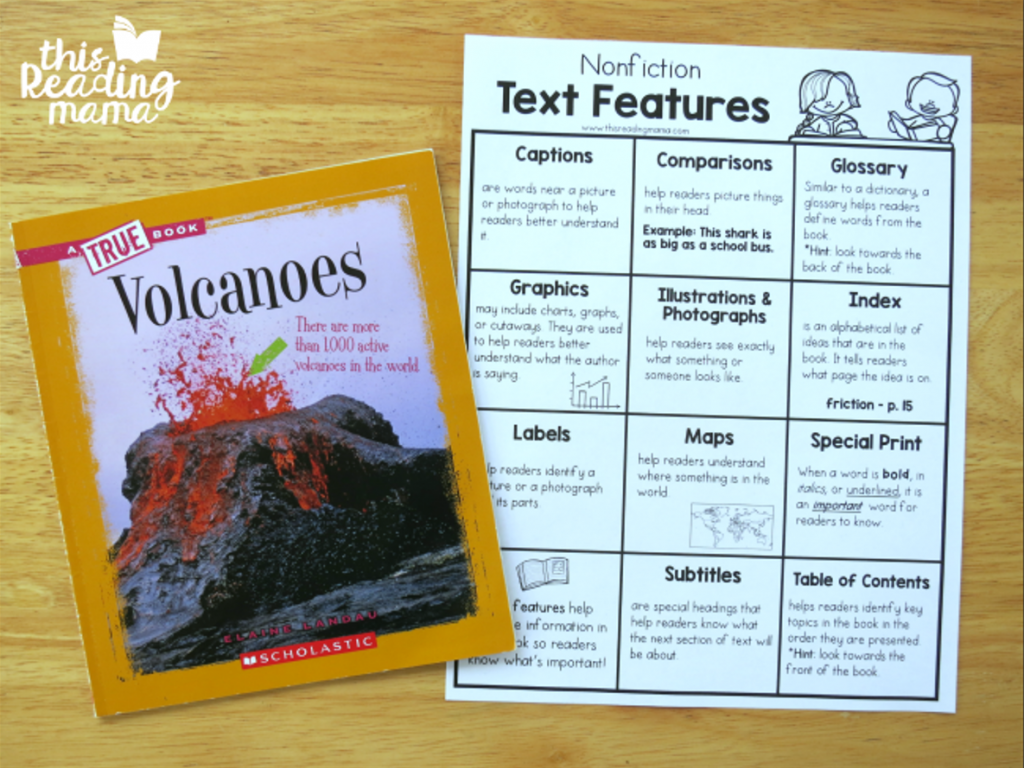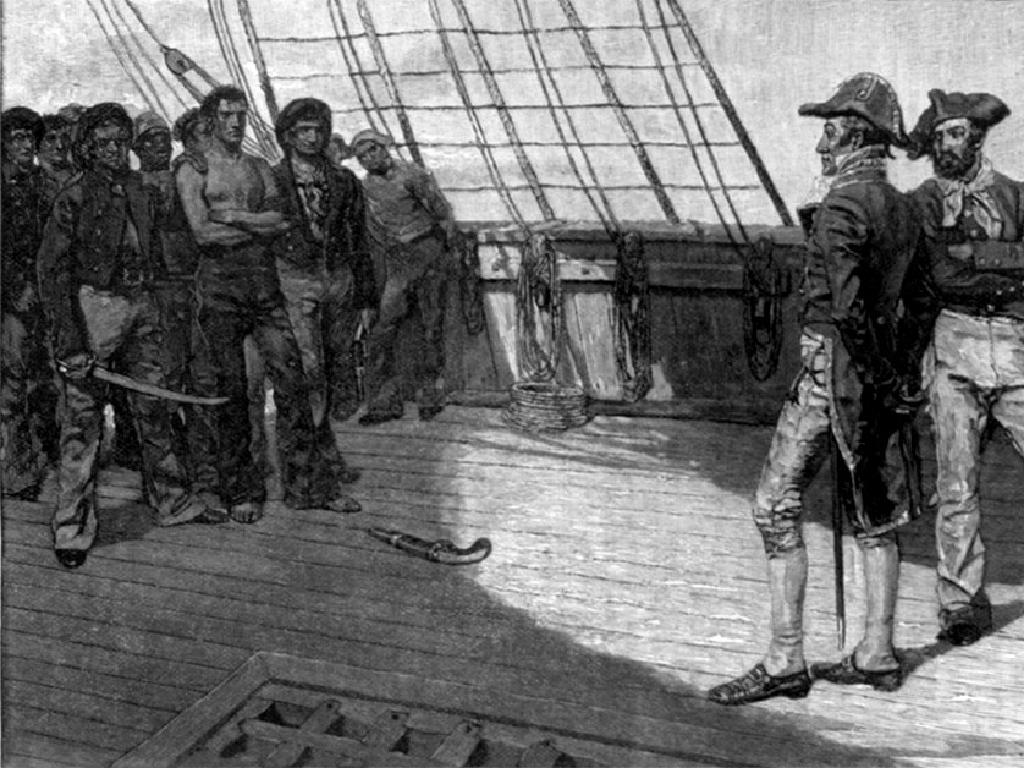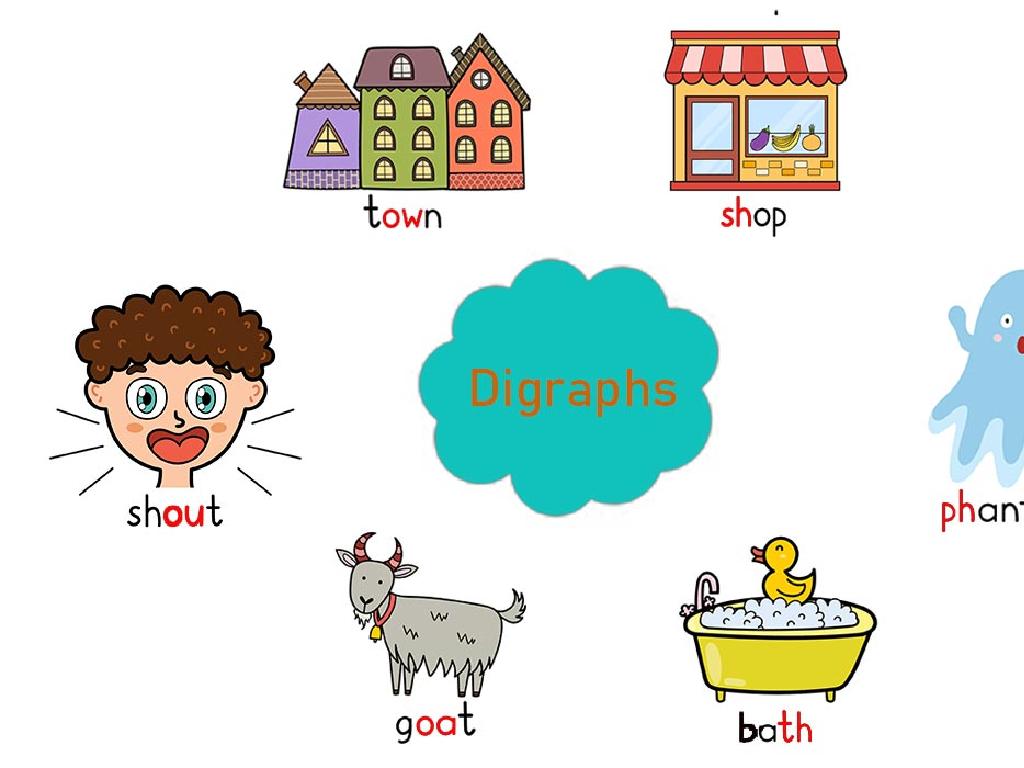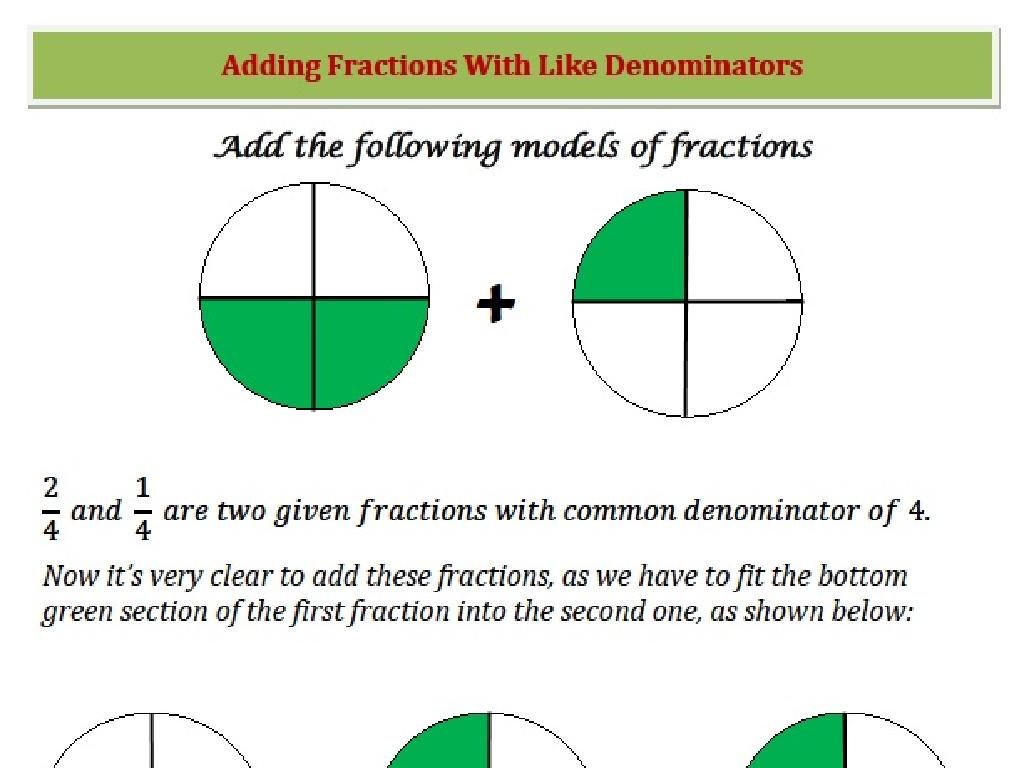Names And Values Of All Coins
Subject: Math
Grade: First grade
Topic: Money
Please LOG IN to download the presentation. Access is available to registered users only.
View More Content
Welcome to Money Math: Learning About Coins
– What is money?
– Names of coins
– Penny, Nickel, Dime, and Quarter
– Value of each coin
– Penny=1¢, Nickel=5¢, Dime=10¢, Quarter=25¢
– Using coins to buy things
– Combining coins to make purchases
|
This slide introduces students to the concept of money, specifically focusing on coins. Begin by discussing what money is and why it’s important for transactions like buying things. Introduce the names of the coins: penny, nickel, dime, and quarter, and their respective values. Use real coins or images to help students visualize. Explain how different coins can be combined to make up different amounts for purchases. Activities can include recognizing and sorting coins, matching coins to their values, and simple role-playing exercises where students use coins to ‘buy’ classroom items. Reinforce learning with hands-on practice.
Meet the Coins!
– Four main coins in the US
– Each coin has a unique name
– Each coin has a different value
– Learn about penny, nickel, dime, quarter
– Penny: 1 cent, Nickel: 5 cents, Dime: 10 cents, Quarter: 25 cents
|
This slide introduces the basic concept of the four main coins used in the United States: the penny, nickel, dime, and quarter. It’s important to help first graders recognize each coin by its name, size, and color. Emphasize that each coin has a different value, which is the amount of money the coin represents. Use real coins or images to show the differences among them. Explain that understanding the value of each coin is essential for learning how to count money and make purchases. Encourage students to bring in some coins for the next class to practice identifying them and to learn how to use them in real-life situations.
Learning About the Penny
– A penny is worth 1 cent
– Abraham Lincoln is on the penny
– The 16th president’s face is on the penny
– Penny: the smallest value coin
– Recognizing and counting pennies
– Practice with real pennies or play coins
|
This slide introduces the penny to first graders, explaining its value, appearance, and significance. Emphasize that the penny is the smallest unit of American currency and is worth one cent. Show a penny to the class and point out Abraham Lincoln’s image, explaining who he was. Reinforce the concept of the penny being the smallest coin by comparing it to other coins they will learn about. Engage the students in recognizing and counting pennies through hands-on activities with real or play coins. This will help them become familiar with the coin and understand its value in the context of money and purchasing.
Learning About the Nickel
– A nickel is worth 5 cents
– It’s like having 5 one-cent coins together
– Thomas Jefferson is on the nickel
– He was the 3rd President of the USA
– Five pennies equal one nickel
– If you have 5 pennies, you can trade them for 1 nickel
|
This slide introduces the nickel to first-grade students, helping them understand its value and its physical characteristics. Start by showing them a nickel and explaining that it is worth 5 cents, which is the same as five one-cent pennies. Highlight that Thomas Jefferson, an important figure in American history, is featured on the nickel. Engage the students by asking if anyone has seen or has a nickel and discuss its color and size. You can also use a visual aid of 5 pennies lined up next to a nickel to illustrate that they are equal in value. This visual representation will help solidify the concept of the nickel’s value in their minds.
Learning About the Dime
– A dime is worth 10 cents
– Roosevelt graces the dime
– Franklin D. Roosevelt is the 32nd President of the USA
– Two nickels equal one dime
– If you have 2 nickels, you can trade them for a dime
– Dimes are small but valuable
|
This slide introduces the dime to first graders, explaining its value and significance. Emphasize that a dime is worth 10 cents, which is a fundamental concept in understanding money. Show the students a dime and point out the portrait of Franklin D. Roosevelt, explaining briefly who he was. Use physical coins to demonstrate that two nickels can be exchanged for one dime, reinforcing the concept of equivalent values. Highlight the size of the dime in comparison to other coins to help them recognize it. Encourage the students to handle dimes and nickels to become familiar with the feel and appearance of each coin.
Learning About the Quarter
– A quarter equals 25 cents
– George Washington’s portrait
– The first President of the USA is on the quarter
– Five nickels make a quarter
– Grouping nickels to reach 25 cents
– Two dimes and a nickel also make one
– Combining dimes and a nickel to make 25 cents
|
This slide introduces the quarter, which is a fundamental unit of US currency. Emphasize that a quarter is worth 25 cents, and help students recognize it by the portrait of George Washington. Use hands-on activities to show that five nickels or two dimes and one nickel together have the same value as one quarter. This will help students understand the concept of equivalent value and how different combinations of coins can add up to the same amount. Encourage students to bring in quarters and other coins to practice making exchanges and to reinforce their understanding of coin values.
Learning Coin Values
– Each coin has a unique value
– Pennies, nickels, dimes, and quarters each have different values.
– Value determines purchasing power
– A quarter is worth more than a dime, so you can buy more with it.
– Coin values help in counting money
– Knowing coin values helps us add up how much money we have.
– Practice counting coins
– We’ll count coins together to learn how to pay for things.
|
This slide introduces students to the concept of coin values. Emphasize that each coin, such as a penny, nickel, dime, and quarter, has a different value and that this value is not related to the size of the coin. Explain that understanding the value of each coin is important because it determines how much we can buy with them. Use real coins or manipulatives to demonstrate the differences in value and engage the students in a hands-on counting activity. Encourage them to practice counting by ones, fives, tens, and twenty-fives to understand how different coins add up to a total amount. This practical exercise will help them become familiar with using coins in real-life situations.
Let’s Play a Game: Coin Matching!
– Match coins to their values
– Work in pairs for answers
– Help each other and discuss
– Ready for coin fun?
– Learn as you play
– Understanding money is important
|
This interactive game is designed to help first graders recognize coins and understand their values through a fun matching activity. Students will be paired up to encourage teamwork and communication. Each pair will have a set of coins and cards with monetary values written on them. Their task is to match each coin with its corresponding value card. This activity not only reinforces their knowledge of coin values but also enhances their social skills. As a teacher, facilitate the activity by guiding students who may struggle and ensure that each child is engaged. Offer praise and gentle corrections as needed. After the activity, discuss with the class what they learned and why knowing the value of money is important in everyday life.
Class Activity: Coin Sorting!
– Time to sort real coins
– Each student gets a handful
– Sort coins by type
– Make groups for pennies, nickels, dimes, and quarters
– Count the total value
– Add up the value of each coin type
|
This interactive activity is designed to help students recognize and sort different types of coins, as well as to practice counting their total value. Provide each student with a mix of pennies, nickels, dimes, and quarters. Guide them to identify each coin by its size, color, and any distinct markings. Once sorted, assist them in counting the value of each group, reinforcing the concept of addition. Possible variations of the activity could include: 1) Timing the sorting process for a fun challenge, 2) Partnering students to encourage teamwork, 3) Using pretend coins for a practice run before handling real money, 4) Creating a chart to record the total value of each coin type, 5) Having a ‘mystery coin’ challenge where students guess the coin type by touch alone.
Coins Recap: What We’ve Learned
– Congratulations on learning about coins!
– Every coin has its own value
– A penny is 1 cent, a nickel is 5 cents, and so on.
– Practice makes perfect with coins
– Try to recognize and name coins and their values.
– Show what you know at home!
|
This slide is meant to congratulate the students on their hard work during the lesson and to remind them of the key points. Emphasize that each coin is unique with its own size, color, and value. Encourage them to continue practicing at home by identifying coins and remembering their values. This could involve playing a matching game with real or play coins, or even setting up a small ‘store’ where they can use coins to ‘buy’ and ‘sell’ items. Reinforce the idea that practice will help them become more confident in recognizing and using coins in real-life situations.






